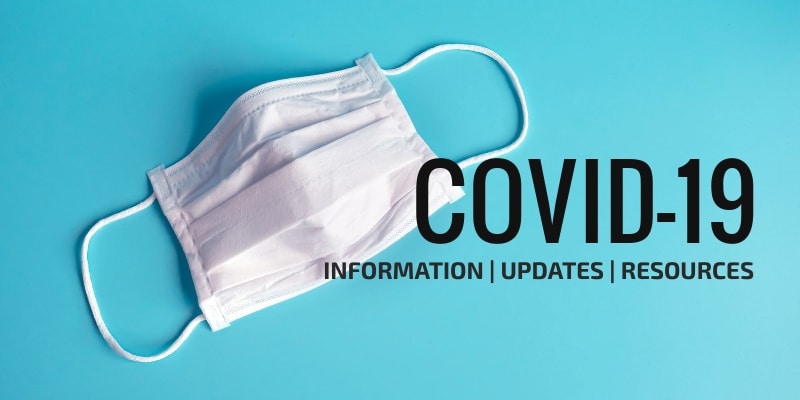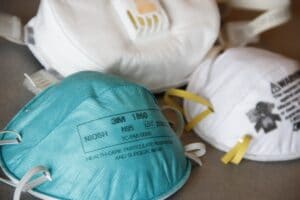 To reduce the spread of COVID-19, the Centers for Disease Control and Prevention (CDC) has provided the following information on face coverings.
To reduce the spread of COVID-19, the Centers for Disease Control and Prevention (CDC) has provided the following information on face coverings.
This article compiles important information from the CDC. Visit www.cdc.gov/covid-19 for more information.
The Importance of Masks
Masks may help prevent people who have COVID-19 from spreading the disease to others. Wearing a mask will help protect people around you, including those at higher risk of severe illness from COVID-19 and workers who frequently come into close contact with other people.
Masks are most likely to reduce the spread of COVID-19 when they are widely used by people in public settings.
Who Should Wear Masks?
The CDC recommends all people ages 2 years and older wear a mask in public settings and when around people who don’t live in their household. This is especially when other social distancing measures are difficult to maintain.
While masks are strongly encouraged to reduce the spread of COVID-19, the CDC recognizes there are specific instances when wearing a mask may not be feasible. In these instances, adaptations and alternatives should be considered whenever possible. Masks should not be worn by children under the age of 2 or anyone who has trouble breathing, is unconscious, incapacitated or otherwise unable to remove the mask without assistance.
 Wearing a Mask
Wearing a Mask
The purpose of masks is to keep respiratory droplets from reaching others to aid with spreading COVID-19 to others (source control).
The CDC recommends wearing masks with two or more layers to stop the spread of COVID-19. Individuals should opt for cloth masks that can be washed or nonmedical-grade disposable masks that cover their mouth and nose. Individuals should not purchase N95 or surgical masks, as those masks should be reserved for health care professionals.
Properly wear the mask over your nose and mouth, and secure it under your chin. The mask should fit snugly against the sides of your face so that there are no gaps.
The CDC has issued a step-by-step guide on how to make a cloth mask at home, and how to properly wear one in public. Please follow the guidance provided on the CDC website for best practices to stay safe while wearing a face mask.
The latest guidance from the CDC does not recommend the use of the following for effective source control:
- Masks with an exhalation valve or vent—Masks with one-way valves or vents allow air to be exhaled through a hole in the material, which can result in expelled respiratory droplets that can reach others.
- Clear plastic shields—A face shield is primarily used for eye protection for the person wearing it. It is not known what level of protection a face shield provides from the spray of respiratory droplets from the wearer.
Evaluation is ongoing to test the effectiveness of mask substitutes, such as gaiters and face shields.
For More Information
To learn more about evolving face-covering guidance from the CDC, click here. Please follow guidance provided by the CDC or your doctor.
Source: CDC


